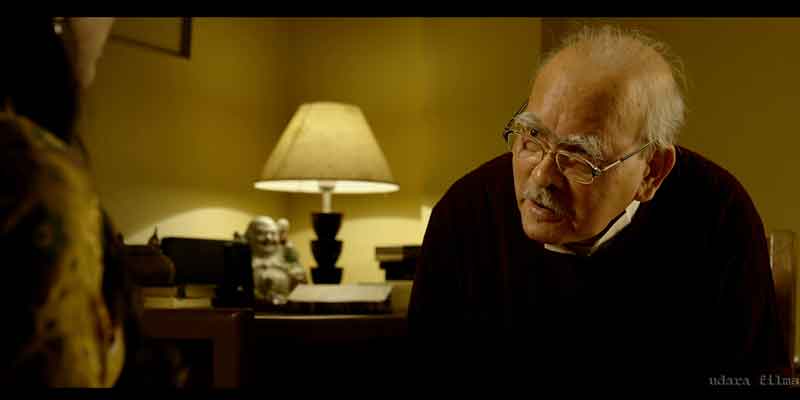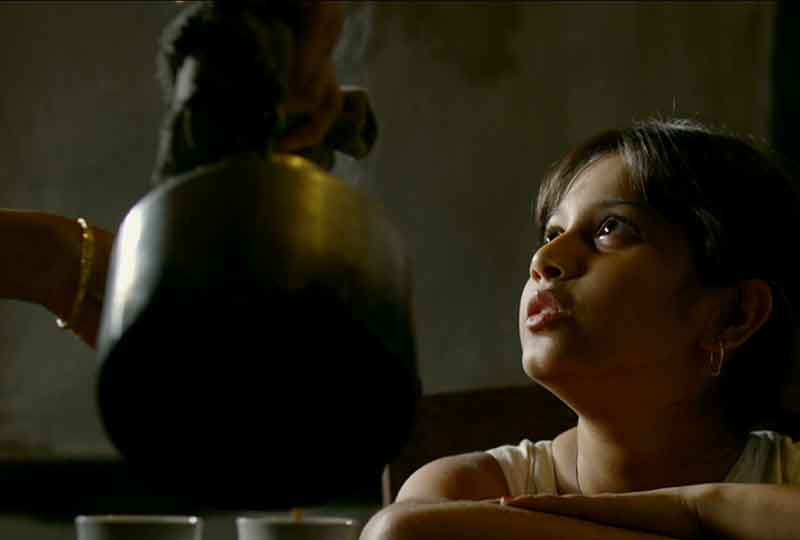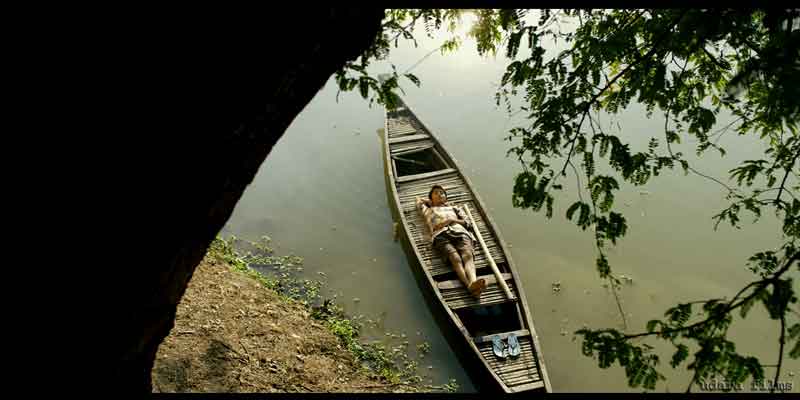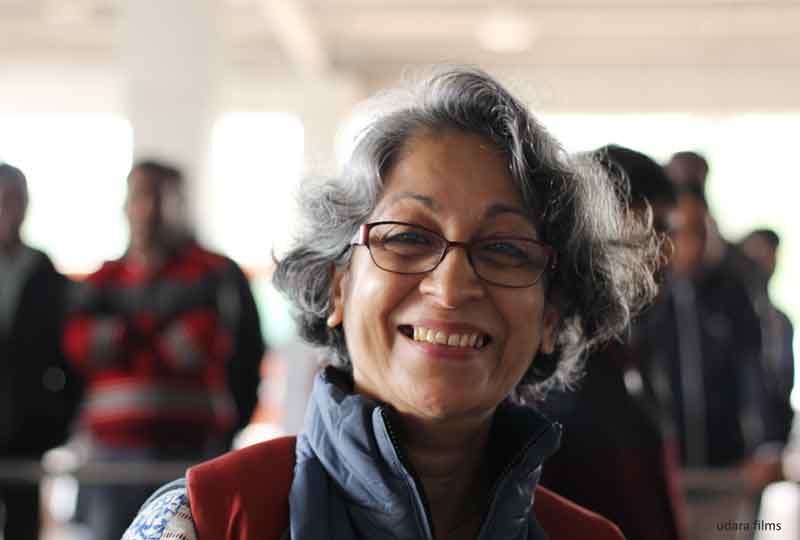When a popular radio artiste made a full-length Assamese movie in the early Nineties, film-goers responded positively and everyone thought it was a natural transformation from performer to a director. But even after receiving critical acclaim for ‘Adajya’ (The Flight, 1996), the director, who is a practising paediatrician, did not launch another movie for nearly two decades. This gave space to her critics to term Dr Santwana Bardoloi a “one-film wonder.” However, disproving all criticism, the distinguished film maker has readied her second movie in Assamese for commercial release in theatre halls.
By now, the accomplished stage and radio artiste, who received a national award for ‘Adajya’, repeated her achievement with ‘Maj Rati Keteki’ (Midnight Keteki) at 64th National Film Awards (of India, 2016).
Conceived, produced and directed by Dr Bardoloi, the 116 minute movie won a national award as the best Assamese feature film. Popular Bollywood actor Adil Hussain, who hails from Assam, received a national award with the jury’s special mention for his performances in ‘Maj Rati Keteki’ (shared with Hindi movie ‘Mukti Bhawan’, directed by Shubhashish Bhutiani).

Produced under the banner of Dr Bardoloi’s newly launched production house, Udara Films, the movie has other cast including Kulada Kumar Bhattacharya, Sulakshana Barua, Mala Goswami, Shakil Imtiaz, Mahendra Rabha, Rahul G Sarma, Pranami Bora, Indu Mohan Das, Ashim K Baruah, Ponkhi Kashyap, Kasvi Songkorison. ‘Maj Rati Keteki’ has cinematography by Gnana Shekar VS and music by Anurag Saikia. Its sound design & mixing was done by Debajit Changmai and only song played by Rupam Bhuyan’s voice. Ms Ushma Bardoloi edited the movie and also worked as the associate director.
Waiting for release on 27 October next, the feature film was recently screened at two international film festivals in Kerala and Bengaluru (Karnataka), where it attracted rave reviews from the audience as well critics. ‘Maj Rati Keteki’ also received invitations from a number of prestigious film festivals across the country and is waiting for more screenings.
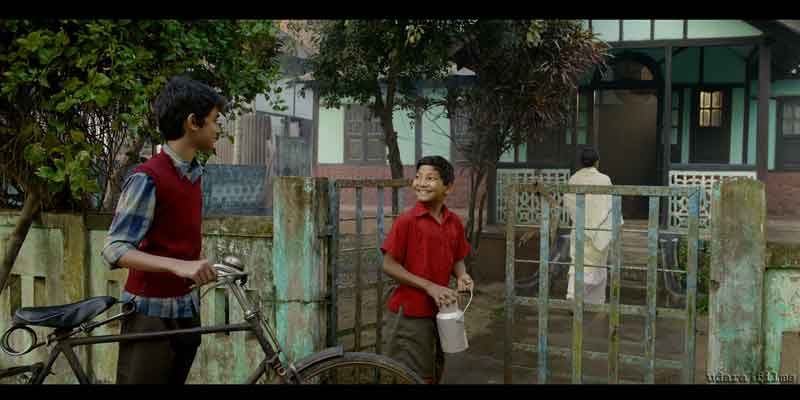
The Story
The story of the movie, scripted by the director herself, revolves around a sensitive author who returned to his native place after many years and thus encounters a series of events involving different personalities to redefine his old experience and realizations. The title of the movie literary means midnight hawk-cuckoo, which gets reflection in the long whistling cry of a small Keteki bird.
A physician by profession at Assam’s well-known Dispur Hospital and a cultural entity by choice, Dr Bardoloi ventured into the world of celluloid with ‘Adajya’, which was based on a much-admired Assamese novel tilted Dontal Haatir Uiye Khowa Haoda, authored by Dr Indira Goswami. Starring Tom Alter, Bishnu Kharghoria, Nilu Chakrabarty, Trisha Saikia, Bhagirothi, Triveni Bora, Chetana Das, Indira Das, Mintu Barua etc, the movie brought laurels at 44th National Film Awards. ‘Adajya’ also was screened at various international film festivals.
FTII-trained cinematographer Mrinal Kanti Das won the national award for ‘Adajya’ (shared with ‘Raag Biraag’), which came for the first time to the Assamese film industry. A seasoned Assamese actor, Bidyut Chakraborty, was awarded Indira Gandhi director’s best debut film award for ‘Raag Biraag’ (Vacation of a Sanyasi, 1996), which was also based on an Indira Goswami literary creation.
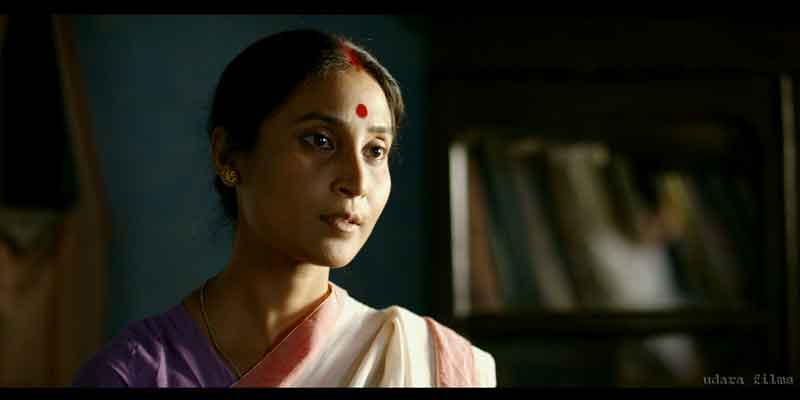
Sher Choudhury scored music for both ‘Adajya’ and ‘Raag Biraag.’ Sadly Jnanpith award-winning author, who was popularly known as Mamoni Roichom Goswami, young cameraperson Das, national awardee music director Choudhury and popular performer Chakraborty faced untimely deaths in the recent past creating a major vacuum in the regional film industry.
Addressing the media recently at Guwahati Press Club, Dr Bardoloi highlighted the present crisis of Assamese film fraternity as the number of movie-goers for regional cinemas has yet increase substantially. She admitted that often the regional film makers fail to understand the urge of audience towards their productions. However, she remained hopeful that the general audience would come forward to support the local film industry.
Pointing out that a good movie can be totally entertaining and another one too serious, where the third one may be entertaining as well as serious, but Dr Bardoloi claimed that all three productions can be good movies. She urged the intellectual section of society including the media to encourage the common audience to enjoy such movies.
Even though she admitted that a producer of Assamese movies hardly gets back the invested amount of money for the production, the visible response from the audience in cinema halls encourages a responsible film maker to start a new venture. Film societies as well as the media can promote the culture of appreciating honest cinemas in the country, Dr Bardoloi said.